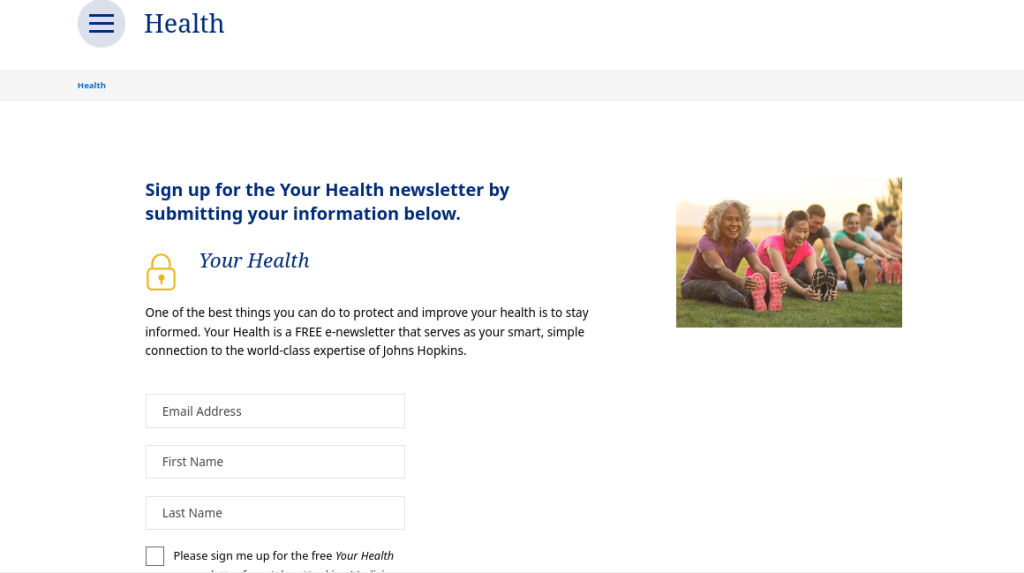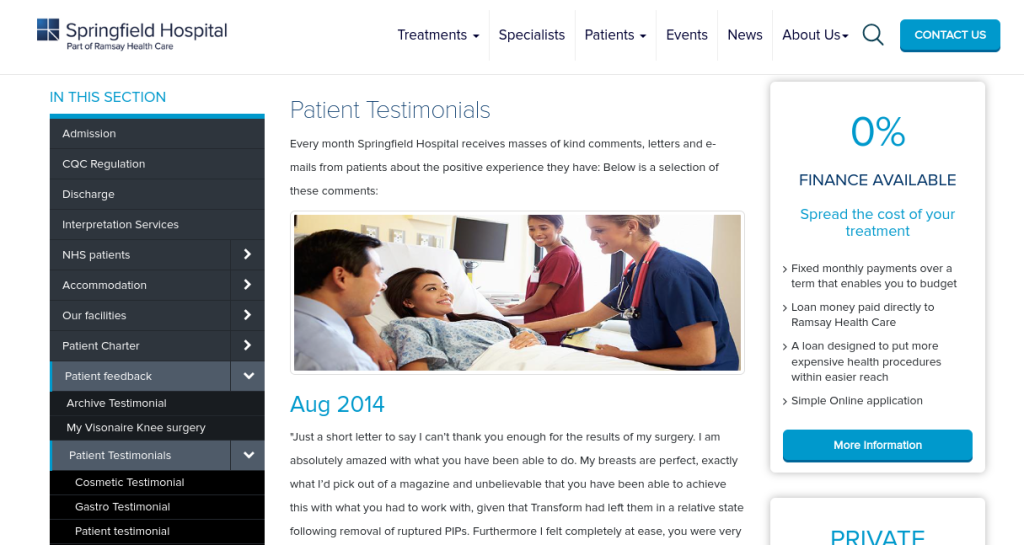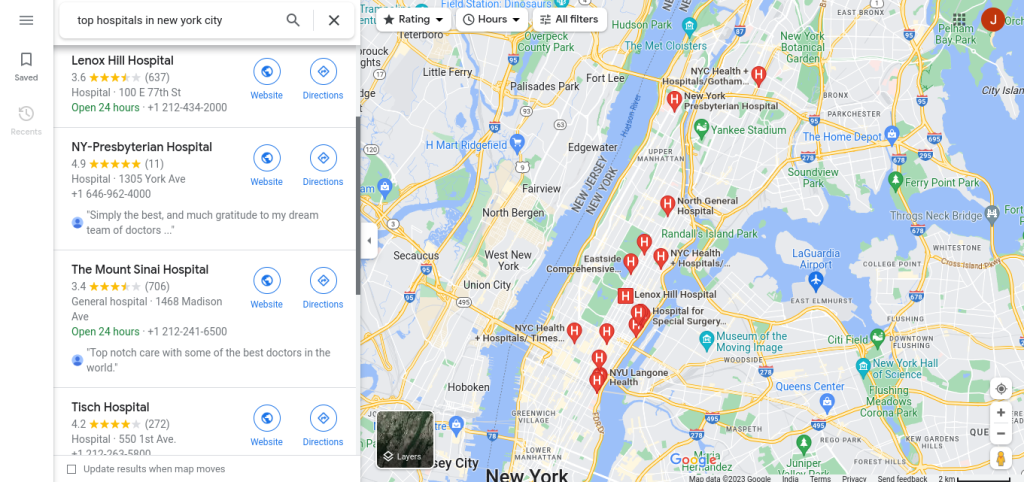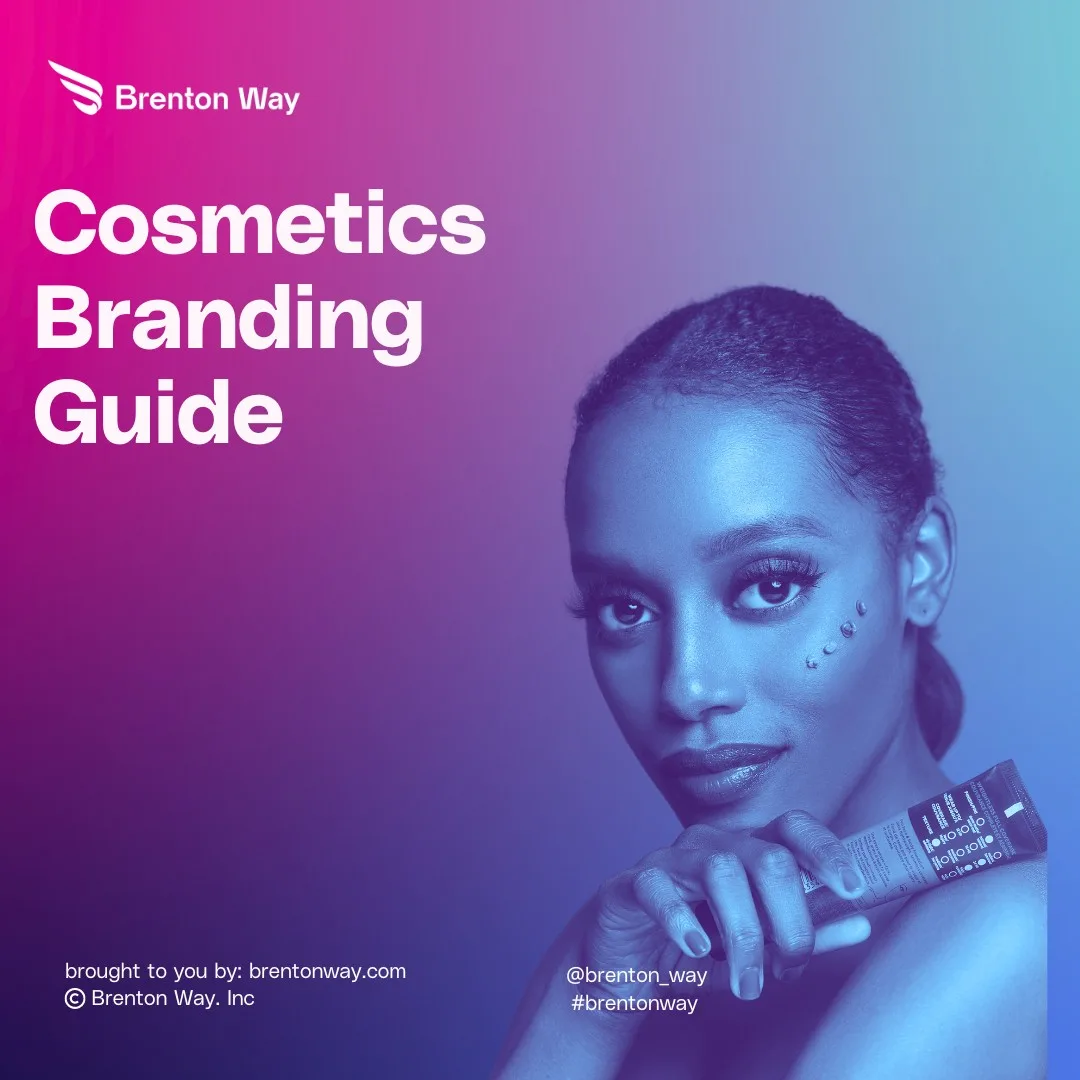
Since the pandemic, patients have been moving towards a digital approach to their interaction with hospitals, clinics, pharmacies, and medical labs. Be it scheduling appointments, extracting patient history, and ordering medicines. Why should you leave this advantage of outdoing your medical competitors on various digital platforms when you can ace it to maximize your returns […]

Since the pandemic, patients have been moving towards a digital approach to their interaction with hospitals, clinics, pharmacies, and medical labs. Be it scheduling appointments, extracting patient history, and ordering medicines.
Why should you leave this advantage of outdoing your medical competitors on various digital platforms when you can ace it to maximize your returns and generate valuable patient leads?
In this guide, I have provided the top 8 healthcare advertising strategies that will help acquire patients for your healthcare facility.
Healthcare advertising is the practice of promoting your healthcare products and services to a group of audiences who need it.
Digital marketing strategy for healthcare consists of different medical marketing and advertising techniques, such as search engine optimization, pay-per-click advertising, influencer marketing, email promotion, and others, to raise awareness, educate the public, and drive patient engagement to your healthcare brand.
The primary goal of healthcare advertising is to influence individuals’ behavior, such as encouraging them to seek medical care, choose a specific healthcare provider, or use a particular healthcare product.
Healthcare marketing is important for the following reasons:
The need of the hour is to mark your healthcare facility’s presence online since a large portion of patients is present on the internet. Here are the top 8 medical marketing strategies:
Many times patients don’t subscribe to newsletters and information by choice, and often your email gets delivered to their spam box. This practice plays a huge role in your marketing spending.
To ensure that your emails don’t get ignored by your target patients, create and optimize lead buckets that help attract their attention. Further, you can leverage this opportunity to turn your leads into loyal patients. To create effective lead buckets, you exchange offers and discounts to potential patients in return for your newsletter subscription.
For an optimized lead bucket, you should first segment your patient categories based on the buyer persona, demographics, diagnosis, and treatments to create personalized offers. Based on this categorization, the patient needs, and pain points, you should curate your offers and discounts.
Lead buckets could be anything related to your healthcare branding, including an ebook, a monthly subscription to your medical services, a free consultation, an exclusive health article, or an invitation to healthcare workshops and events. Make sure that the offer aligns well with your healthcare branding as well as offers value to the patients in the form of education or solutions to their problems.
Analyze your patient data and evaluate the traffic and conversions on your website, landing pages, emails, social media, and offline events. Optimize the potent channels to gather patient contact data for lead capturing. Determine your lead magnets and the purpose of patient visits.
Ensure that your landing pages are well-tailored with clear CTAs, appealing ads, and catchy headlines to persuade your patients to subscribe and take advantage of their subscriptions. It is important to experiment with various ad copies to persuade patients to subscribe to them.
Create a list of patient emails, segment it, and automate your mailing. After signups, send personalized emails to your patients to nurture your leads. Furthermore, send emails at regular intervals to answer their health-related concerns in the form of e-guides, books, press releases, videos, news, and blogs.
This practice will help in strengthening your brand’s relationship with your patients, communicating with your prospective patients well, and building their trust in your healthcare brand.
Here is an example of a hospital’s newsletter landing page that asks for patients’ personal information in return for free medical newsletters:

Implement gamification in your existing marketing strategy to bring excitement and fun to your patients when they browse through your website and apps. It is one of the strongest values added to your website that has the potential to drive more loyal patients toward your healthcare facility.
For this, you should start by segmenting your patients and audience based on their interaction with your brand. Segregate them on different factors, like why they are associated with your healthcare facility, whether for lifestyle changes, treatment, or health tracking. Based on this information, find the areas where gamification can engage more patients.
Develop fun, educational, and rewarding games for patients. Ensure that the games are related to the healthcare sector and add value to the patients. Incorporate challenges, rewards, loyalty points, levels, and leaderboards in your elevate patients’ motivation and excitement and drive more engagement for your brand.
Ensure compatibility on various devices and operating systems, including desktop, mobile, smartwatches, iOS, and Android. Include additional features that provide real-time health tracking, steps tracking, and curated health insights.
Incorporate referrals, achievement sharing, and chat forums to encourage healthy community building. Additionally, you should allow social shares of winnings and leaderboards to enhance your patient reach.
With every game, track your patient’s progress and provide them with insightful feedback and rewards in the form of coins, points, cash, and badges. To support social causes and improve your website’s engagement, you can also introduce the feature of donations to charity on behalf of patients for every milestone they achieve while playing the game.
Remarketing refers to marketing your healthcare brand, product, and services to the patients who have interacted with or shown interest in your medical facility before through any medium.
Implementing a robust remarketing strategy for your healthcare brand reminds the patients who have interacted with your healthcare facility at any point to communicate, make a purchase, get access to resources, and avail of medical services.
Start with analyzing your website metrics and behavior to track your visitors and segment them on various factors. For instance, differentiate between patients who left abandoned carts with healthcare products, who checked out your services and features, who visited websites to get your contact details, or who showed interest in visiting your healthcare facility.
Send personalized messages or calls to them based on their interaction and come up with relevant offers and discounts to persuade them to try your services and products.
Further, utilize your paid ads budget in targeting those patients by displaying appealing campaigns in front of them. Focus on the elements, products, and services they checked out on your website. This increases the chance of them clicking on your website, making a purchase, or availing of a service.
Diversify your approach when retargeting your patients. Include social media, search engines, email, and other channels to remarket your healthcare organization. Besides offers and discounts, you should send out informational health resources like blogs, videos, ebooks, and webinars to enhance patient engagement and prove to them that your brand is credible.
Once you have put efforts into remarketing your healthcare brand, it is time to measure your efforts by tracking the conversion rates and source. It is also essential to track what methods are driving the desired results so more resources and time can be invested in it in future campaigns.
Encourage your patients to drop reviews and feedback about your medical services after getting assistance from your healthcare brand. This will help your healthcare brand generate qualified leads in the form of patients and retain the existing ones leading to higher patient retention.
Create patient testimonials in the form of videos, case studies, social media posts, and audio recordings. Work closely with your patients to evaluate their diagnosis, treatments, and progress carefully to create a compelling story about their success stories with your brand.
Utilize these social proofs on various platforms as a part of your sales funnel to persuade patients to choose your healthcare facility.
A positive review record on Google and other major local listings can boost your hospital’s patient generation rate. Persuade your existing patients to write honest reviews of their experiences with your brand. This will attract more and more patients to select your medical facility over competitors.
Here is an example of Springfield Hospital, which captures its patients’ journey, progress, and challenges in the form of testimonials that they experienced throughout their treatment:

Mobile advertising is one of the most accessible ways to connect and reach your target patients. Not all of your prospective patients use a desktop to check out medical services, but a large part of the population do it on their mobile devices as it is more handy and can be easily accessed in emergency situations.
For instance, if a person is suffering from cardiac arrest, his family and friends are less likely to go and search for nearby hospitals on a desktop but surely will use their phones as the situation is panicking and urgent.
Hence, it is essential to optimize your advertising strategy in accordance with the mobile device. Here is how you can do it:
A large number of internet users use social media for various purposes, including entertainment, product feedback, communications, and even educational purposes. As a healthcare brand, you should utilize social media to the fullest to offer prospective patients the best brand experience.
To leverage social media to attract patients, you should begin by identifying the platform where your consumers could be present. For this, track your brand’s CRMs, internal teams’ feedback, social media comments, and patient analytics.
Create a healthcare social media strategy that clearly states what kind of content you will be publishing on your social media handles to attract more patients and enhance their engagement with your company.
You can share healthcare tips, success stories of patients, healthcare marketing related trends, and your medical facility’s key features in different forms, including videos, reels, pictures, polls, and stories. Further, provide the patients with compelling CTAs to encourage them to like, comment, and share your social media content.
Add relevant images and insightful infographics to your content to induce patient attraction and engagement.
You should also reshare your medical website content, including blogs, testimonials, case studies, infographics, webinars, guides, and ebooks. This will increase the reach of your healthcare website resources, which will further result in increased organic traffic and conversions.
Use your social media handles as a method of communication to address the queries and grievances of the patients to strengthen the patient-hospital relationship. For this, you should offer them options like Q&A and live sessions to register their concerns and questions on a one-to-one basis.
Further, get in touch with influential industry people to create collaborative content, engaging campaigns, and promotional reviews to expand your healthcare brand reach and prove it credible among the target patients.
Here is an example of the Instagram post of Mayo Clinic where Dr. Selby Chen can be seen explaining and highlighting how the clinic is among the first few medical facilities that offer spinal fusion surgery with the assistance of robots while the patient is in the senses.

Healthcare is a consumer-centric industry. Hence, it is essential to connect with patients on a personal level and strengthen the relationship for long-term retention.
Use a conversational tone with your patients to make them feel valued. Since healthcare is a scientific and complicated subject, deliver it to the patients in the simplest form to make them understand.
Include encouraging and inspiring words to compel patients to adopt healthy habits faster. For instance, Use words like ‘you have the power to improve your health and well-being. Small steps can lead to significant changes, and we’re here to support you every step of the way’ to show that your brand promises to offer the best customer experience.
While creating content, address the pain points, fears, and challenges that patients face during diagnosis with emphatic titles, headings, and content to make them feel valuable to your hospital. For instance, a sentence like “We understand how it feels to be dealing with cancer hair fall. We’re here to provide support and help you find relief.”
A majority of patients search for their nearby healthcare facilities on the internet using local and location-specific keywords. When you implement location-based healthcare marketing, you are reaching patients in your locality and nearby places through advertisements, content, and SERP rankings.
Geo-based marketing helps hospital websites improve visibility on leading local listings, which further helps in link-building strategy.
By capturing patients’ geographical data, you can direct your paid ads on various social media platforms to reach the patients near your healthcare brand and minimize your ad spending.
To attract more local patients, you should also offer location-based website promotions and discounts on medical camps, community-building initiatives, competitions, and marathons.
Here is an example of geo-based searching for hospitals. The hospitals listed below have optimized their Google listings to rank high on Google Maps when patients search for hospitals in NYC.

| Want to reap maximum ROI and generate qualified leads for your healthcare brand? Brenton Way offers a full-fledged tailored advertising strategy to scale your small healthcare facility into an enterprise. We promise to elevate your medical brand’s digital presence with tangible results by resonating with your target patients’ needs. Schedule a consultation call with us to discuss how our healthcare advertising strategies, including PPC marketing, SEM, SEO, influencer marketing, and digital PR, can boost your healthcare business. |
With the rise of online medical services, it is essential to draw your prospective patients’ attention toward your brand through compelling advertising strategies and win over your competitors.
If you are starting your healthcare advertising journey, this article is apt for you. Carefully study and then execute the healthcare advertising tactics listed in this article to ensure an enhanced ROI, patient retention, traffic, and conversions.


